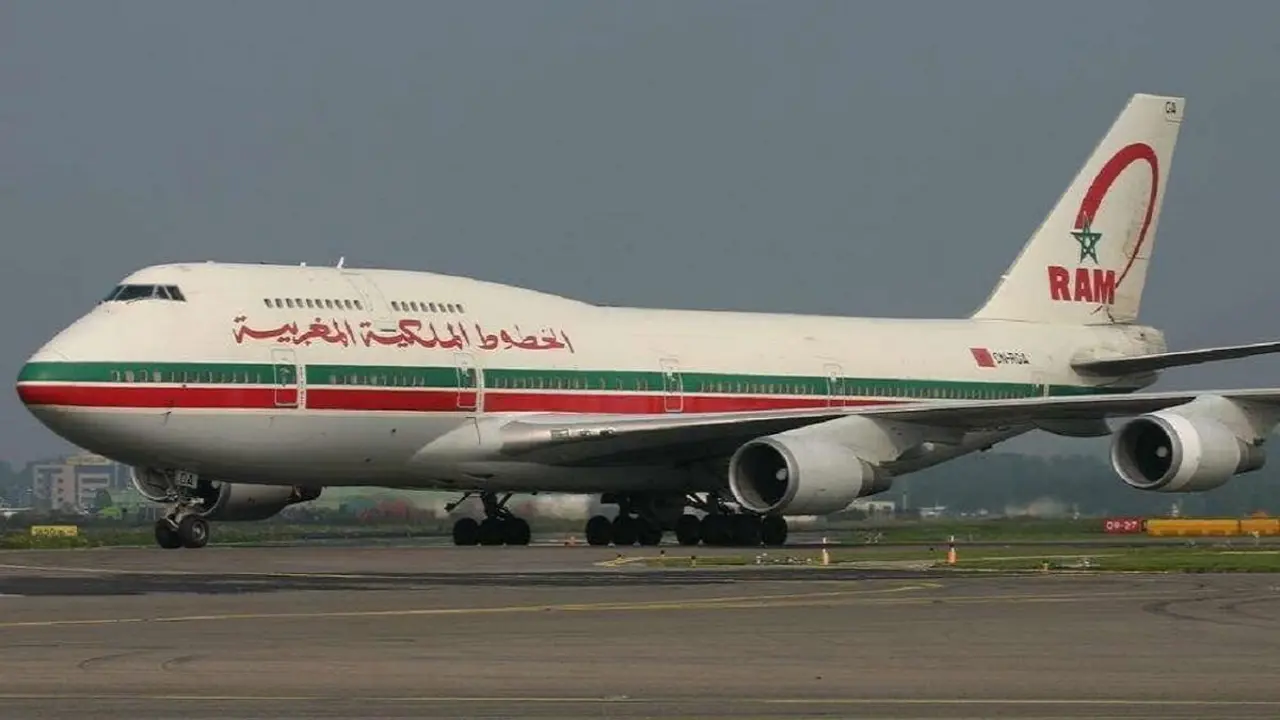Israel and the Emirates team up to set foot on the moon together in 2024

Israel and the Union of Arab Emirates have agreed to go hand in hand to the moon. The irreconcilable antagonists of yesteryear have just reached a new pact to try to set foot on the Earth's natural satellite simultaneously. They have done so under the umbrella of the Abraham Accords, signed between the two countries on 15 September 2020, which are the instrument that normalises their relations at the highest diplomatic, economic and all-round levels.
When the states of Israel and the United Arab Emirates sealed the start of their bilateral partnership on the White House lawn, none of the authorities present at the ceremony - least of all US President Donald Trump, who was acting as a witness - thought that outer space would be one of the priority areas of cooperation. But nothing could be further from the truth.

Just over 400 days after initialling the Abraham Accords and giving the green light to dozens of agreements between the UAE and Israel, the political authorities of the two nations have concluded that there is also a strong case for cooperation in the field of space.
Emirati Minister of Advanced Technology Sarah bint Yousif Al Amiri and Israeli Minister of Innovation, Science and Technology Orit Farkash-Hacohen met at Expo Dubai on 20 October and sealed their strategic partnership to jointly fly to the moon and place Emirati and Israeli technology on their soil at the same time.

The negotiations go back many months, with Israel's first ambassador to the UAE, Amir Hayek, and, of course, the heads of the respective space agencies playing a decisive role. On the one hand, Salem Butti Al Qubaisi, and on the other, Israeli Air Force Brigadier General Uri Oron, newly appointed to head the space programmes of the new Prime Minister Naftali Bennet's executive.
How will the first major Emirati-Israeli space engagement materialise? Minister Orit Farkash-Hacohen's proposal - accepted by her counterpart Sarah bint Yousif Al Amiri - consists of converting the lunar project called Beresheet 2 (Genesis 2 in English), which belongs to the private Israeli company SpaceIL. The initiative has been underway since early December 2020, when it was announced by Israeli President Reuven Rivlin.

With the full official support of the Jerusalem government and scheduled to launch into space in the first half of 2024, the project has brought in the Emirates Space Agency, its investors and its industry, which will contribute financial resources and a number of scientific instruments. In this way, the two nations avoid having to compete with each other to see which of them will be ahead of the other in placing its flag on the lunar surface first.
SpaceIL's original mission - Beresheet 2 - is a follow-up to the failed Beresheet in 2019, Israel's first solo attempt to land a robotic craft on the Moon. The spacecraft was launched into space from the US space base at Cape Canaveral on 22 February 2019 by a Falcon 9 rocket. It entered lunar orbit on 4 April and began its descent phase on the 11th, which ended in disaster. The final report concluded that one of the gyroscopes failed during the braking phase before touchdown. Neither the probe's on-board software nor the technicians on the ground were able to fix the anomaly and the spacecraft crashed at a speed of 500 km/h.

But Beresheet 2 is a much more ambitious project, although its external shape is reminiscent of the failed project of two years ago. It consists of a cylindrical spacecraft, with a launch weight of 630 kilos and dimensions of 2.5 metres high and 1.6 metres in diameter. Inside, it carries two small surface modules weighing 120 kilos each. Once in lunar orbit, the spacecraft will detach simultaneously from the two probes, which must descend and land on the lunar soil thanks to four extendable supports.
The orbiter will remain around the satellite for two to five years, during which time the space agencies of Israel, the United Arab Emirates and other countries will be able to conduct educational programmes in schools and universities to raise awareness of the mission and the Moon's features.

SpaceIL claims that the cost of the project is $100 million, most of which has come from private donations, mostly from the foundation of South African-born Israeli billionaire Morris Kahn, who is said to have donated $40 million. However, the total investment is clearly far short of what is intended, as evidenced by the influx of Emirati-funded capital and technology.
Negotiations between Arabs and Jews began at Israel's initiative shortly after the signing of the Abraham Accords. The Emirati receptiveness was immediate and the end result is the joint lunar project, which is part of the framework agreement on technological, scientific and educational cooperation signed ten days ago by the ministers, which aims to increase relations between the two countries and encourage other Arab nations to establish relations with Israel.

The two countries have been eyeing each other's space potential for decades. Israel has watched with concern the UAE's bid to become a major player in the international space sector, its plan to send a small rover to the moon in 2024, its investments in spy satellites and its positioning around Mars with the Al Amal probe, which collects data on its atmosphere and shares it with hundreds of scientific institutions around the world. It is also aware of its plans for manned spaceflight, its robotic mission in 2028 to explore the asteroid belt between Jupiter and Mars.
On the Emirati side, it is aware of the strength of Israel's space technology, of the strength of its aerospace industrial locomotive Israel Aircraft Industries (IAI) and of the desire of former Prime Minister Benjamin Netanyahu and current Prime Minister Naftali Bennet to make Judea the fourth country to land on the moon. Nothing has been said about the continuation in the now bilateral project of the German space company OHB, which in May 2020 signed a contract with IAI to manage the scientific equipment on board Beresheet 2.
Both countries are key US allies in the Middle East, enjoy excellent relations with any of the administrations in power in Washington, and are privileged clients of the giant US aerospace business and scientific fabric. Moreover, they have the blessing and mediation of the National Aeronautics and Space Administration (NASA) if anything should deviate from the path of bilateral cooperation on the way to the Moon.









